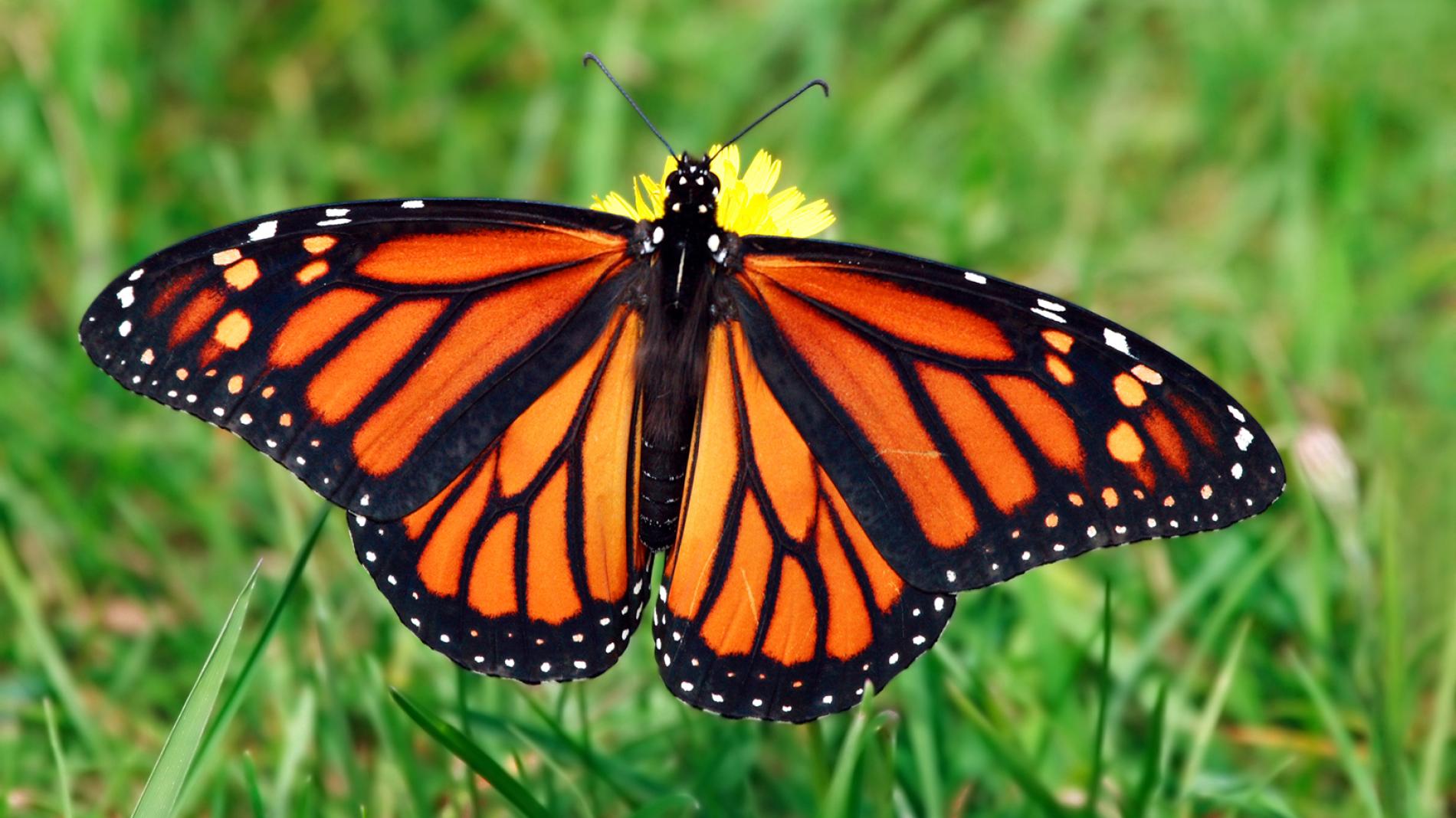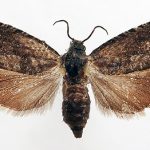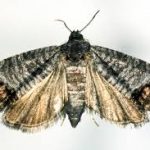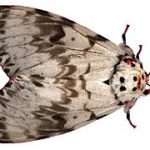Butterfly vs Moth – The Showdown

First of all let’s start with the primary differences between moths & butterflies and then we can chat about why we heavily favour the latter.
Anatomy
Butterfly wings fold vertically up over their backs, moths make a little ten to cover their bellies. Colour is likely the most obvious with the moths being pretty blasé while their cousins the butterflies get all the glory. Here’s your $50 word for the day – Frenulum. Does that word seem familiar? Well it should because likely you have 2 frenulum’s, connecting your top lip to your gums and the tongue to the bottom of the mouth. In the case of moths and butterflies, moths have them and butterflies do not. Frenulum’s join the forewing to the hind wing, so the wings can work in unison during flight.
Behavior
Butterflies are primarily diurnal, flying in the daytime. Moths are generally nocturnal, flying at night, that’s why they’re always seen smashing into your windows trying to get at the light. Which really makes no sense because you MADE your choice moth! Stay out in the dark and quit trying to get into the house.
Cocoon/Chrysalis
You know both words, and may have considered them interchangeable, but they are most certainly not. A moth makes a cocoon, wrapped in a silk covering. A butterfly makes a chrysalis, which is hard and smooth.
Damaging Moths
Now we know that butterflies for the most part are garden contributors not decimators, but their plant munching caterpillar babies can be downright catastrophic. However for the purpose of this blog we’re going to talk about the moths that are the most concerning for gardeners.
- Oriental Fruit Moth – you guessed it, they like fruit. Adults and larvae attack both apple shoots. So young and old, both not welcome additions
- Codling Moth – This snuggly little guy is going to wriggle right down to the seeds and feeds primarily on the inside of the fruit causing major internal destruction. In this case it’s really the larvae causing the problems but with up to 3 generations of larvae in a season that’s plenty.
- Gypsy Moth – Another introduced pest the Gypsy moth can complete cause complete deforestation with the caterpillars munching away the entire leaf canopy.
- Cecropia moth – I’m throwing these guys in because frankly their caterpillars enormously cool, emphasis on enormous. You might think this means lots of damage but not so. Because the feeding occurs late in the season there is little, if any, plant injury, you may never even notice one has taken host in your garden.
Do you have a great moth or butterfly pic? We’d love to see it!






